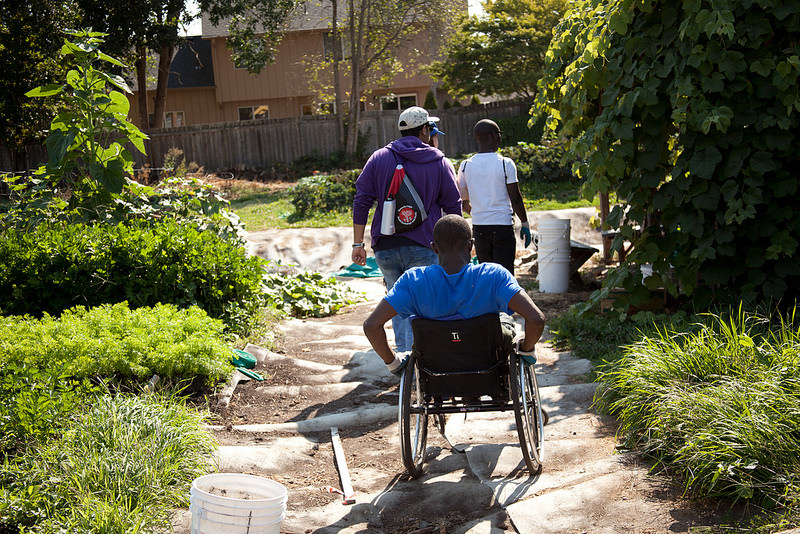Handicap International’s first technical manual in the series How to Build an Accessible Environment in Developing Countries focuses on accessibility standards. The series uses Cambodia as the specific development context but has transferable lessons for building accessible environments in other developing countries.
According to Handicap International “an accessible environment must allow for free and safe movement, function and access for all, regardless of age, sex, or condition.” Accessibility therefore, includes:
- Accessibility of the built environment (housing, private buildings, public spaces, etc.)
- Geographic accessibility (everybody should have the right to an opportunity to choose their means of transport to move from one place to another according to needs, abilities, and budget)
- Access to information and communication (accessible media, information, and messages)
This first manual in the series discusses accessibility and the CRPD, the Cambodian legal framework, relevant international standards, and the standards that Handicap International uses for the built environment. The manual:
- Explains relevant legislation and policy frameworks
- Shows how developers can put in place appropriate planning policies
- Provides technical and culturally adapted advice (specific to Cambodia but with principles relevant for other developing countries)
Subsequent manuals in the series discuss access to water and sanitation facilities (toilets and closed showers; open washing areas and water points) and free movement, and are linked and attached below. Each technical solution is labeled easy, medium, or high difficulty; easy solutions can be implemented by anyone but the high difficulty solutions require special technical skills.


